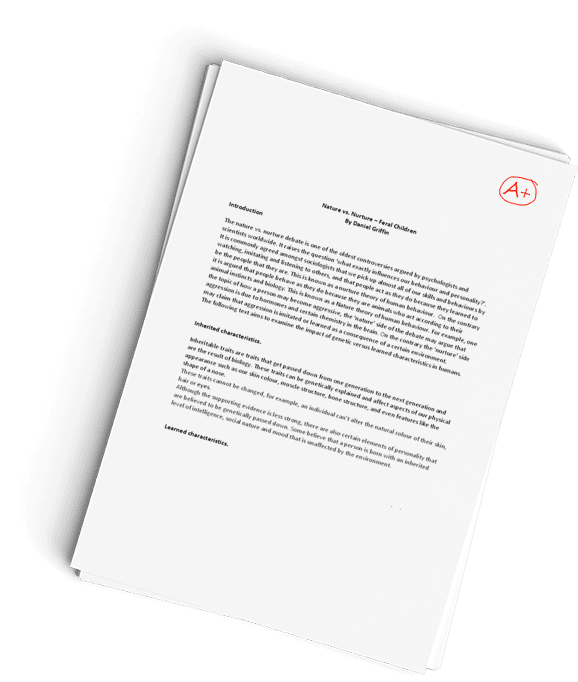responses to discussions
Question Description
I have 2 disscuison bored that I need someone to response to with 200 words, normal response such as I agree, disagree, I support that and this .
First discussion D
The common themes I got out of this week’s assignments were communication pre-planning and preparation. The CERC training gave us many tools to be successful when coordinating crisis communications. Their primary principles are:
- Be first
- Be right
- Be credible
- Empathy
- Action
- Respect
Most importantly, prevent death, injury, and illness.
The CERC training informs us that people take information differently during a crisis so the outgoing information may not always be understood fully from the end-user. One must establish early on that to be successful we must do a few things: execute the plan, be the first, show empathy, show competence, and remain honest. Crisis communications planning should ensure these things occur. Pre-planning is important because our communications plan will ensure we are addressing the who, what, where, when, and how. It ensures we are addressing the needs of vulnerable patient populations as described in chapter 4 (Walker, 2012). The pre-plan should identify pitfalls that could hurt our response operations. Pre-planning should also ensure that whoever is going to represent the organization or response has exceptional communication skills, including verbal and non-verbal, and can understand how the media works. The number one thing we want to avoid is panic, and crisis communications can help reduce that panic.
The Dr. Covelo video also goes into detail on risk communications strategies. These strategies can help guide the message to the end-user. These strategies should be discussed in the pre-planning phase so that they can be fully understood before an incident occurs. His concept of message mapping can be used for many major man-made or natural disasters, including the pandemic response. He stresses we should increase audience knowledge of an issue, Increase trust and credibility, and inform beliefs and attitudes. It can also ensure we reduce the probability that we regret not saying anything that would create mistrust. The APP model of Antcipate, prepare, and practice can help us with the what if’s. His templates, if learned ahead of time, can certainly increase success with communications.
Emergency Preparedness is a cycle and communications are part of that cycle. We prepare for an incident through practice, through plans, through testing, etc. Communications should be part of that planning piece. All in all the worse thing we should avoid is making things up as we go along. Doing things on the fly is a recipe for disaster.
With that being said, I have been using the readings and videos to compare to how the COVID-19 response has been going. Here in Pennsylvania, we have been lucky in that our COVID numbers compared to many other states have been fairly low and steady. When we first saw our first cases in early March I remember how much communications came down from the department of health. At one point they held news briefs on a daily basis. The message appeared to get out quite frequently so it is my opinion that at least the messaging has been great so far. One major point I have taken so far is the mistrust part of the lessons. I am not here to argue if COVID-19 is truly bad or not, but I will say there is outrage gathering among some of the citizenries within the state. Sandman and Covelo both had similar takes on the outrage piece and I can see what they referring to especially with the COVID-19 response. The point being, the communications part only becomes more focused as the end-users become more critical of the information.
Walker, D. C. (2012). Mass notification and crisis communications: Planning, preparedness, and systems. Boca Raton, FL: CRC Press.
Second disscuioins L
As I compile notes from Covello, Walker, Coppola and Maloney, and the CERC training, one consensus has come to mind: get a clear and concise message out to the target audience as quickly as possible when facing a disaster.
Covello stresses the importance of message mapping, which contributes to the digestibility of the message, Walker encourages the inclusion of all subsets of the target audience by describing adaptations, and CERC training enables spokespeople to present the message effectively. Coppola and Maloney provide an excellent overview, from early planning to strategy development to implementation and evaluation, for encouraging the public to participate with and follow the guidelines given in risk communication messaging.
I also appreciated the Eight Essential Components of Communication document. As I worked through the other readings, I noticed that some of the same components arise within disaster communication. For example, interference was explicitly brought up by Walker at the start of chapter three. While she doesn’t indicate it in Figure 3.1 that displays the sender, message, receiver, channel, and environment, she discusses both the internal and external roadblocks that one can encounter when trying to convey a message. External roadblocks include distractions, such as noise level, seating, and location, while internal roadblocks include individual reactions, such as defensiveness and stereotyping (Walker, 2012, p. 62). Part of the issue with risk communication today could be that our society moves so quickly that we fail to slow down long enough to yield the messages that experts are trying to tell us.
We have all of these tools. We know how messages can be successful and why they fail, so why is it that in the face of disaster, messaging so often conveys something other than intended? I think this has to do with the fact that we tend to operate on the defensive as opposed to the offensive. Emergency management designed preparedness into its mission; but, without education before a disaster, the overwhelming majority of the public will panic and fail to act sensibly when it comes time to be on the offensive. It is not entirely their fault, as we learned from Covello and the AGL-4 template. If, however, we want communication to be effective, emergency managers and the public alike have to be prepared to send and receive pertinent information from one another.
Walker, D. C. (2012). Mass Notification and Crisis Communications: Planning, Preparedness, and Systems. Boca Raton, FL: CRC Press.
Have a similar assignment? "Place an order for your assignment and have exceptional work written by our team of experts, guaranteeing you A results."








